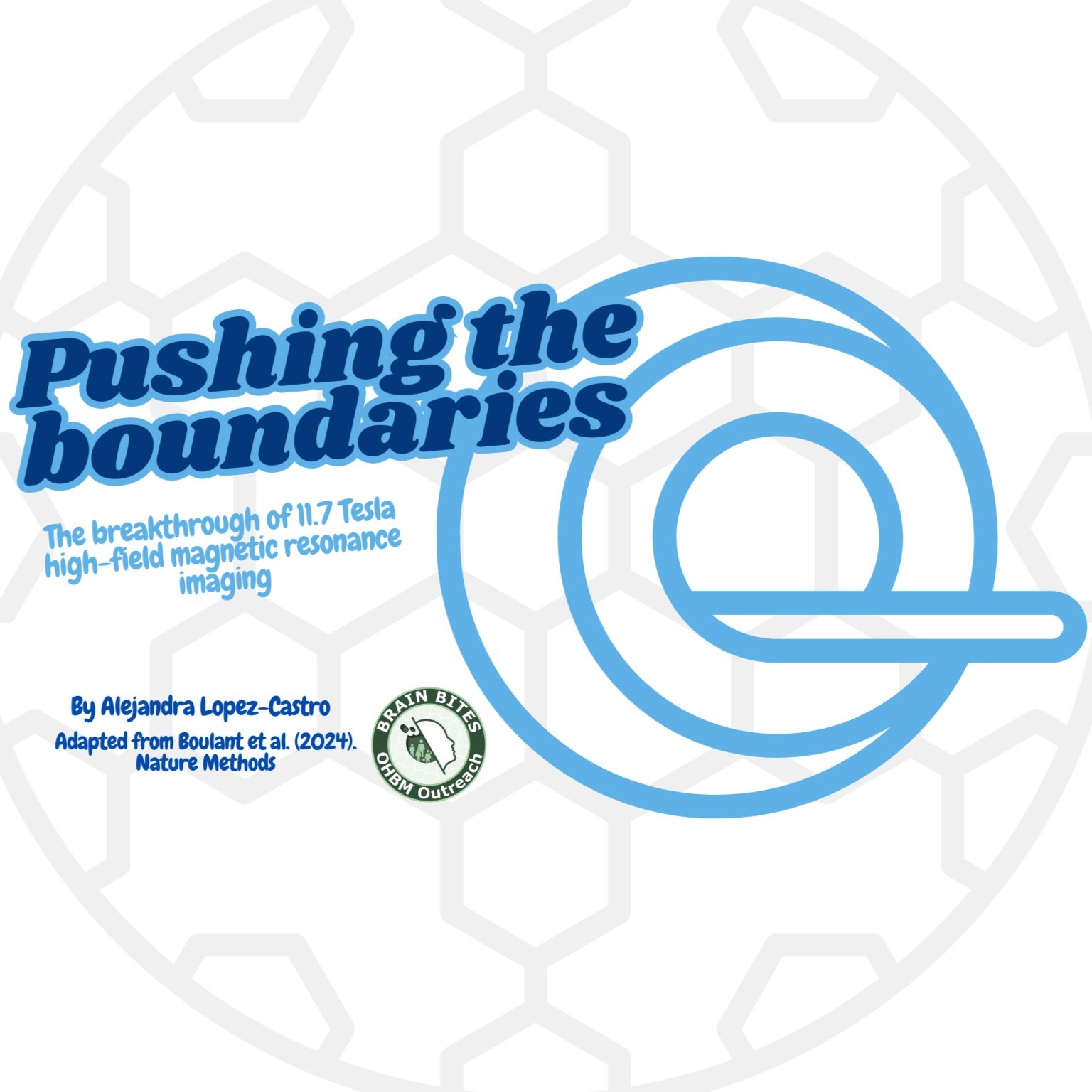
Pushing the boundaries: the breakthrough of 11.7 Tesla high-field magnetic resonance imaging
Imagine trying to understand a complex machine without ever being able to see its intricate inner workings. That's a bit like how scientists have been studying the human brain – a marvelously complex organ – until now. In contrast with Brain Bite's: “Accessible brain scanning for Alzheimer’s disease”. We travel to the other side of the magnetic field matter, in the company of the most powerful MRI scanner ever made.

Accessible brain scanning for Alzheimer’s disease
Alzheimer’s disease (AD) is the most common cause of dementia in the world and research has been able to identify brain changes associated with the degenerative process of the disease. Moreover, we now know these changes might be observed in brain scans at the onset of the mildest symptoms or even years before. Even though current treatments are limited, one thing has become clear, the sooner treatment is started the more effective it is. The problem is that brain scanning is not as easy – or cheap – as it might sound. Low-field MRI could be an option for disorders like Alzheimer's disease.
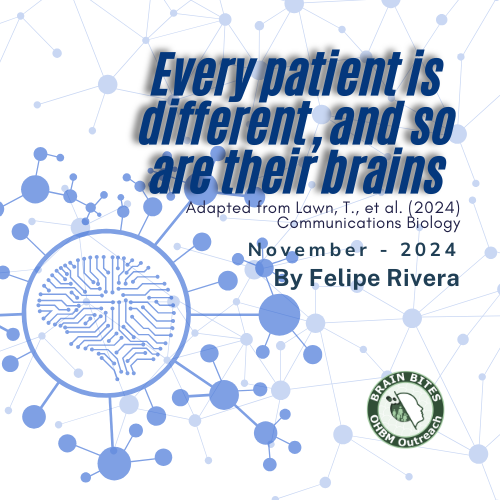
Every patient is different, and so are their brains
A recent study published in Communications Biology by Timothy Lawn and colleagues sought to better understand how brain molecular circuits relate to different symptoms in schizophrenia, bipolar disorder, and attention-deficit hyperactivity disorder (ADHD). Treatment for these three conditions relies on modifying how neurons communicate with one another by making changes in the so-called neurotransmitter systems. Hence, the authors chose a neuroimaging approach called Receptor-Enriched Analysis of functional Connectivity by Targets (REACT) to investigate how neurotransmitter systems influence brain connectivity.
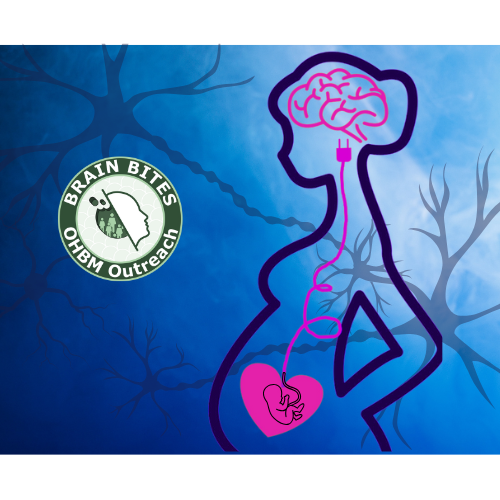
What happens to a mother's brain during pregnancy?
Pregnancy is a natural and remarkable process where human life begins and grows. It’s not just about the baby; it’s also an exciting journey for the mother. Along with her body, her brain goes through many changes to support the baby’s development.

Brain imprints in the prediction of risk and symptoms of depression
Depression is like a persistent cloud that hangs over someone's emotions and thoughts. It's not just feeling sad occasionally; rather, it's a complex mental health condition characterized by prolonged feelings of sadness, hopelessness, and loss of interest in things that used to bring joy. Even though the symptoms of depression might come and go, a recent study published in Nature by Charles J. Lynch and colleagues, suggests that the way the brain is wired may remain the same throughout life, even when someone is not feeling depressed. So how does the brain change and how are the connections between different brain regions stronger or weaker?

Cracking the Visual Code: Unraveling GABA’s Influence on Vision
Amblyopia or "lazy eye" is a neurodevelopmental condition that is characterized by decreased vision in one of the eyes since the abnormal visual experience encountered during earlier childhood is an early childhood problem. Despite being a prevalent visual impairment, the underlying neural mechanisms remain elusive.
The main focus of this study is aimed at understanding whether GABA, an inhibitory neurotransmitter, has a hand in visual deficits in amblyopia.
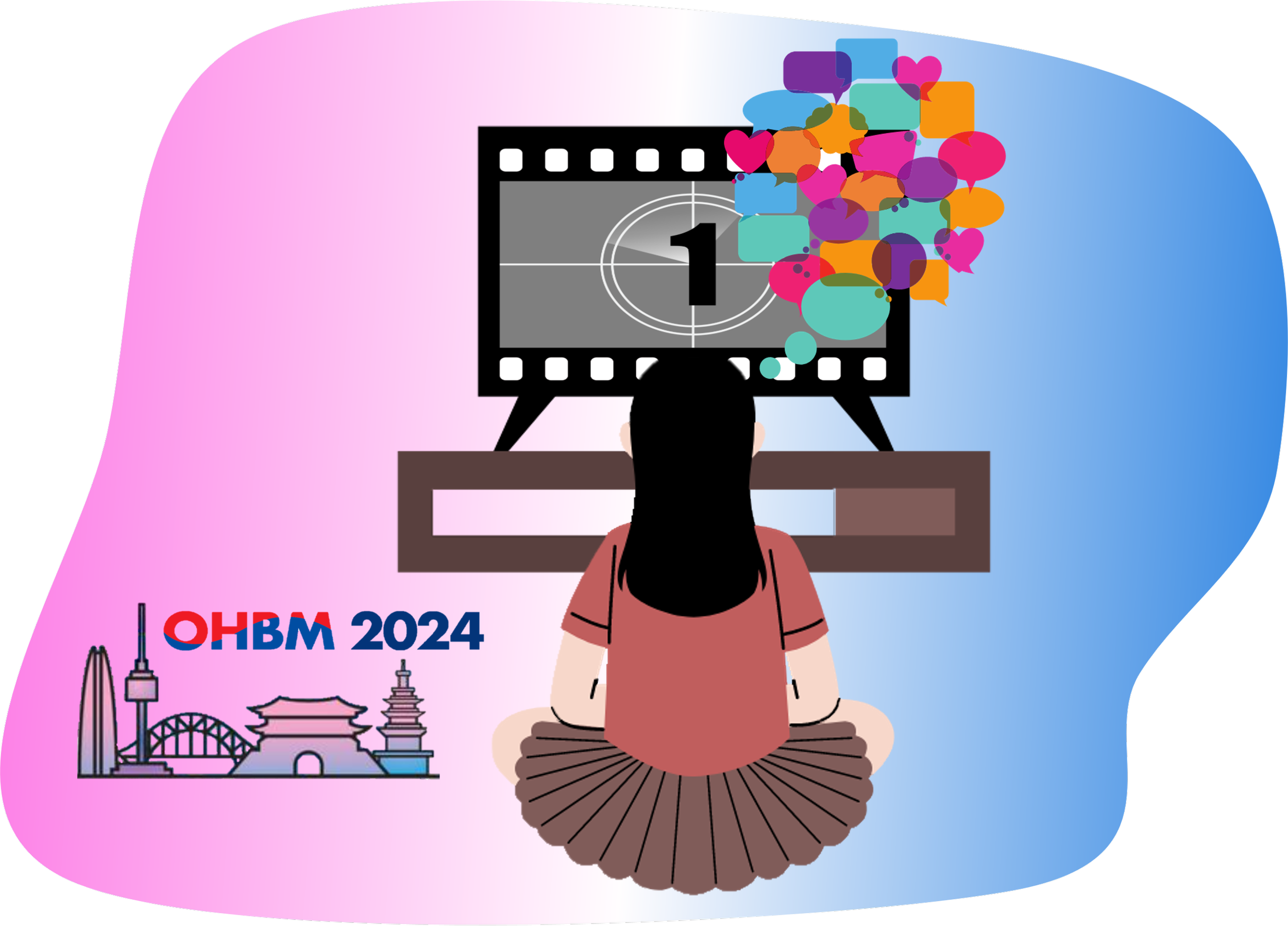
Keynote Series: Emily Finn — Exploring individual differences in how we experience the same thing
If you have talked to someone about a movie both of you have watched before, you may have noticed how different their experience is to yours. Beyond just liking or hating the movie, people may remember the same movie differently based on their past experiences, current mental states, interests, etc. Each of our experiences is unique.
There is a growing interest among neuroscientists in studying these individual differences under more naturalistic conditions, such as watching movies, rather than just finding the average (normative) brain activity patterns or studying subjects at rest in an MRI scanner. Dr. Emily Finn and her research team are a part of this movement, using neuroimaging analyses to explore how and why our subjective experiences can be so different.
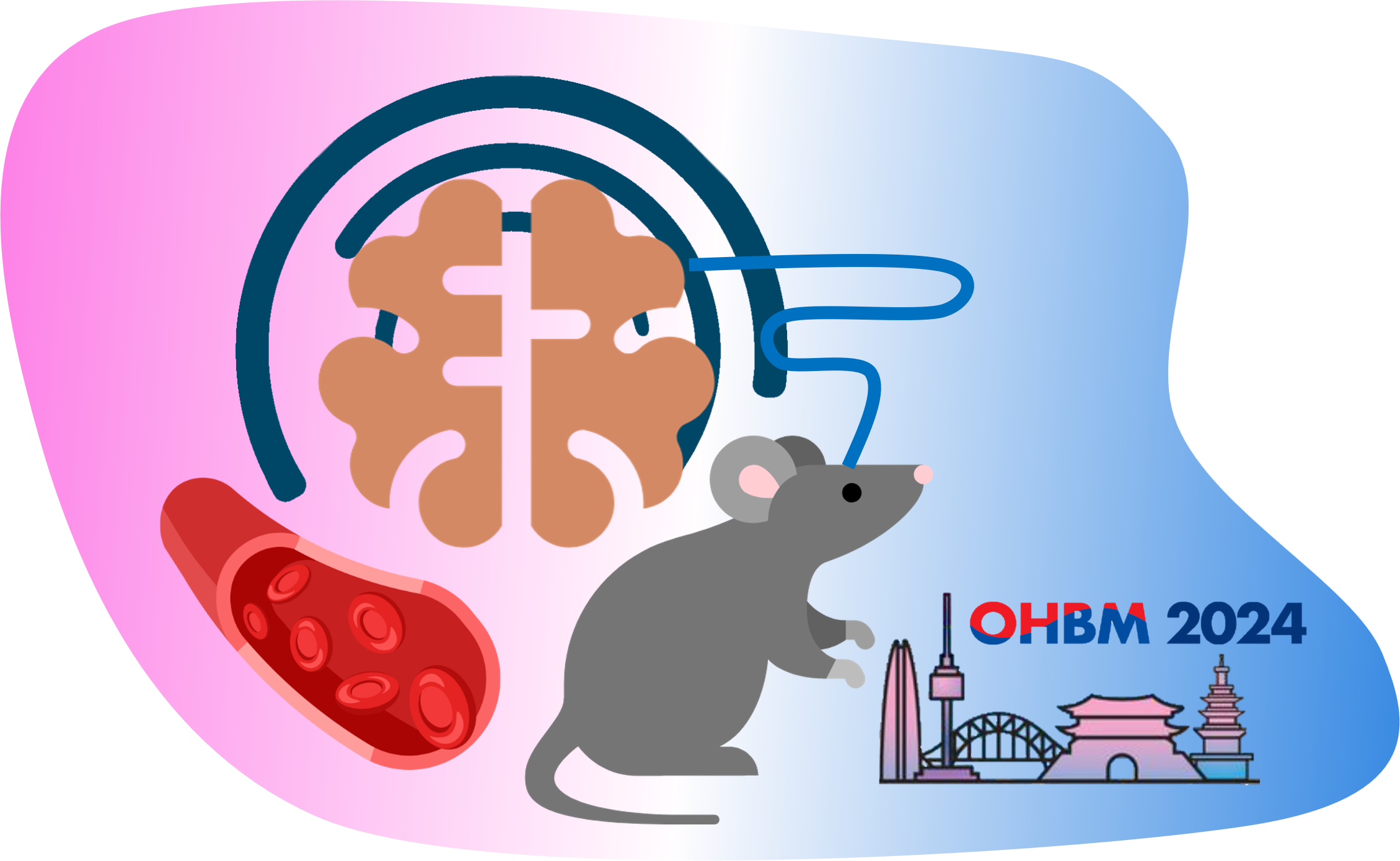
Keynote Series: Seong-Gi Kim — Feedforward or feedback: Measuring directionality of information flow with ultrahigh field fMRI
The advancement of functional magnetic resonance imaging (fMRI) has made it increasingly easier to observe what happens in the brain in real time. However, the temporal resolution of fMRI is often limited by the hemodynamic response, the rate at which blood flows to and from tissues in the brain. This can make it hard for neuroscientists to observe rapid changes in brain activity using fMRI in the same way they might using tools like electroencephalography (EEG) and magnetoencephalography (MEG) which measure faster physiological processes. But as MRI technology improves, fMRI measurements are becoming more precise, allowing researchers greater specificity when studying smaller changes in brain activity.
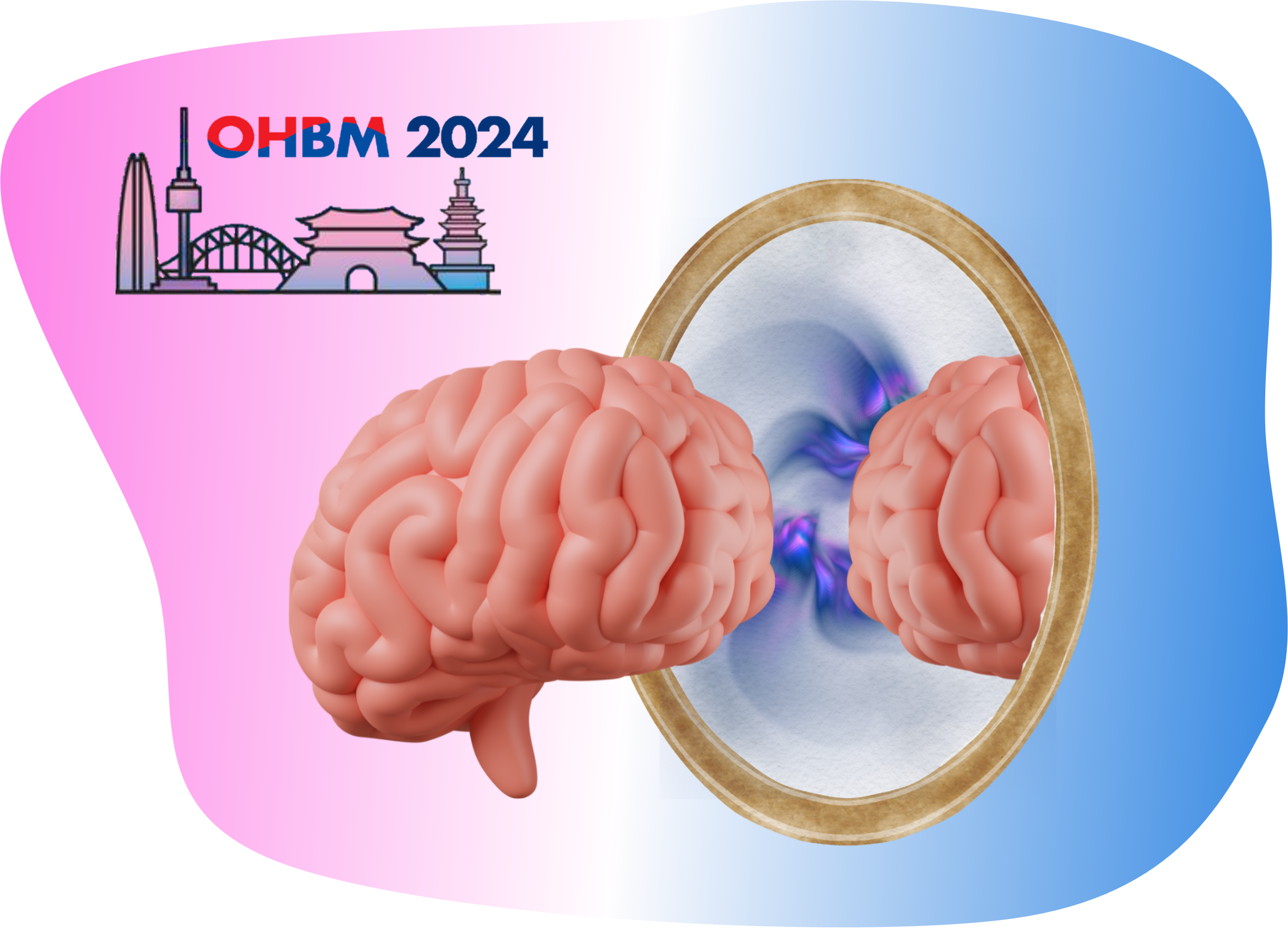
Keynote Series: Lucia Melloni — Adversarial Collaboration : Large scale collaborations to help define and measure the neural correlates of consciousness
What makes someone conscious? What is consciousness? Scientists and philosophers have been asking these questions for millennia. And the field of consciousness has made significant progress in the last century. But questions still remain and competing viewpoints have arisen to define what consciousness is and, more recently, how it presents itself in the brain. One group of researchers set out to rigorously test two competing theories of consciousness using a large-scale collaborative consortium
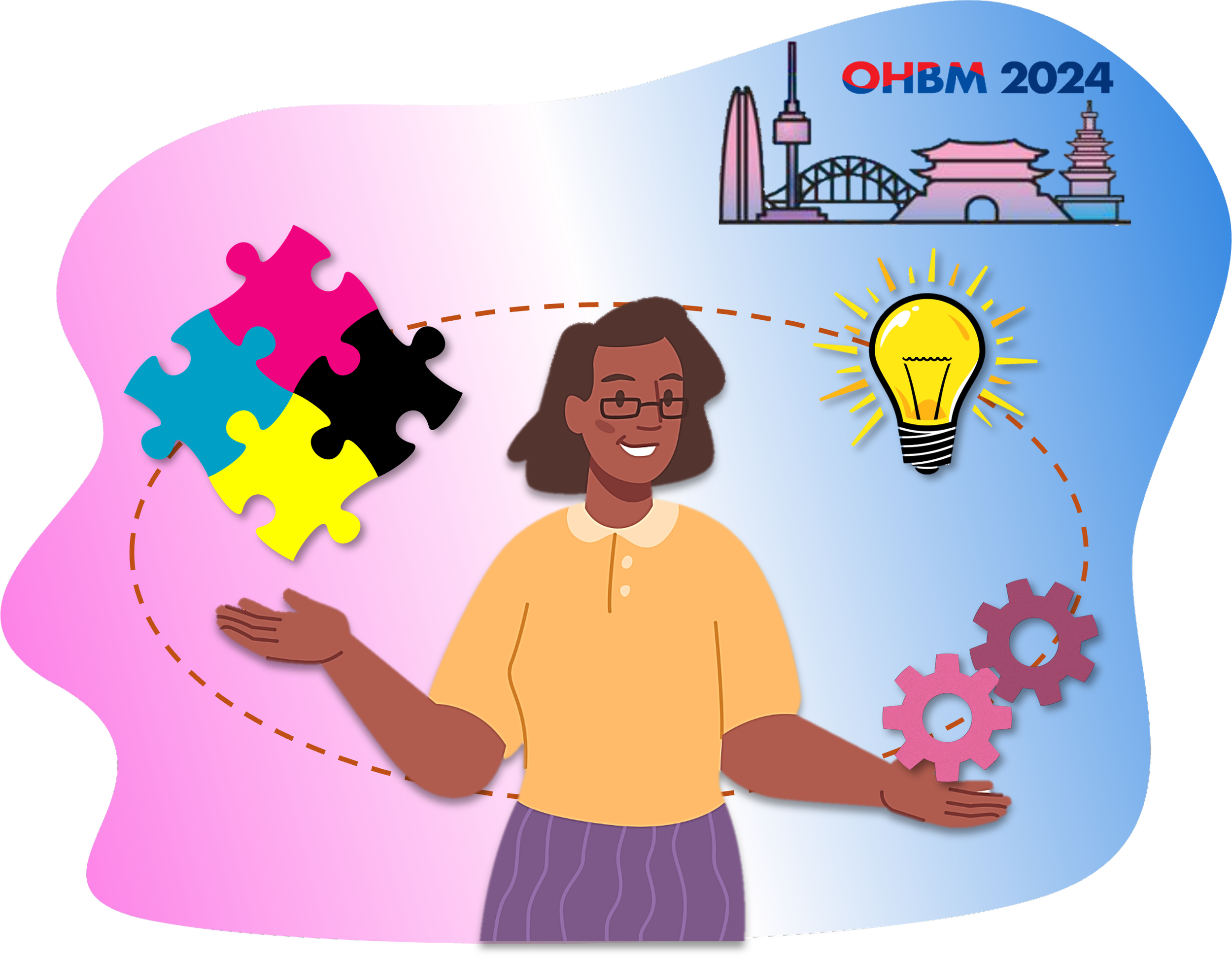
Keynote Series: Mac Shine — From specificity to flexibility and everything in between: The segregation and integration of brain function
It is morning, and our alarm clock goes off. We get out of bed and begin the chain of habitual behaviors that form our morning routine. Before long, we are ready to leave our home and start a new workday. We step outside and close the door behind us. As we leave the comfort of our home, get into our car, and start driving to work, the predictability of our environment diminishes. Our brain performs impressive acrobatics of information processing to enable this seamless switching between habitual and novel behaviors.

Keynote Series: Zarin Machanda — The hidden cost of motherhood for chimpanzees
Play might be something that we as humans take for granted. We see it as a common activity; something that’s almost automatic. But our beliefs about play may be skewed towards the human experience. For many species, play among juveniles serves as an important catalyst for development, but play among or with adults is less common and parents do not always serve the role of play partner as they do in humans. But while play behaviour has adaptive benefits, it comes at a cost in the wild, which means that there’s important variation in when and why chimpanzees engage in play.

Keynote Series: Insights into attention orienting with Dr. Emma Burrows
Attention is the cognitive process of selectively focusing on specific stimuli or tasks while ignoring others. It is a fundamental aspect of human cognition, allowing us to filter out irrelevant information and concentrate on what is important. Attention is crucial for learning, memory, and decision-making, and its impairments are associated with various neuropsychological disorders
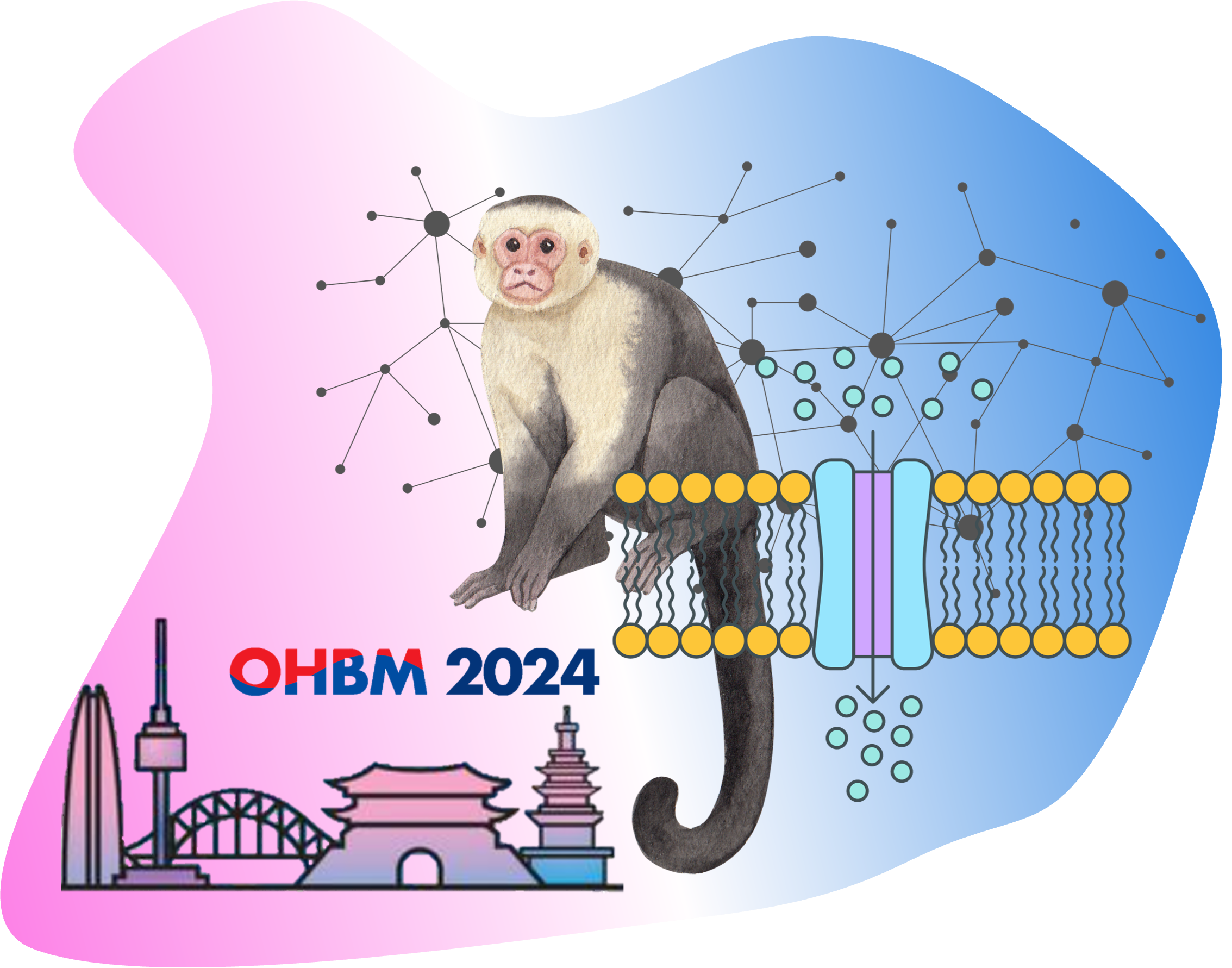
Keynote Series: Dr. Nicola Palomero-Gallager and the interplay between receptors, connectivity, and cognitive networks
One of the most significant challenges in neuroscience is understanding how the brain, with its relatively static anatomy, can adapt to the ever-changing world around us. The brain's connectivity, or the way different brain regions communicate with each other, is a crucial component in this process. Mapping the brain's connectivity, known as the connectome, is a major ongoing effort in the field. However, connectivity alone is not enough to explain the neural circuit dynamics that underlie brain functions.
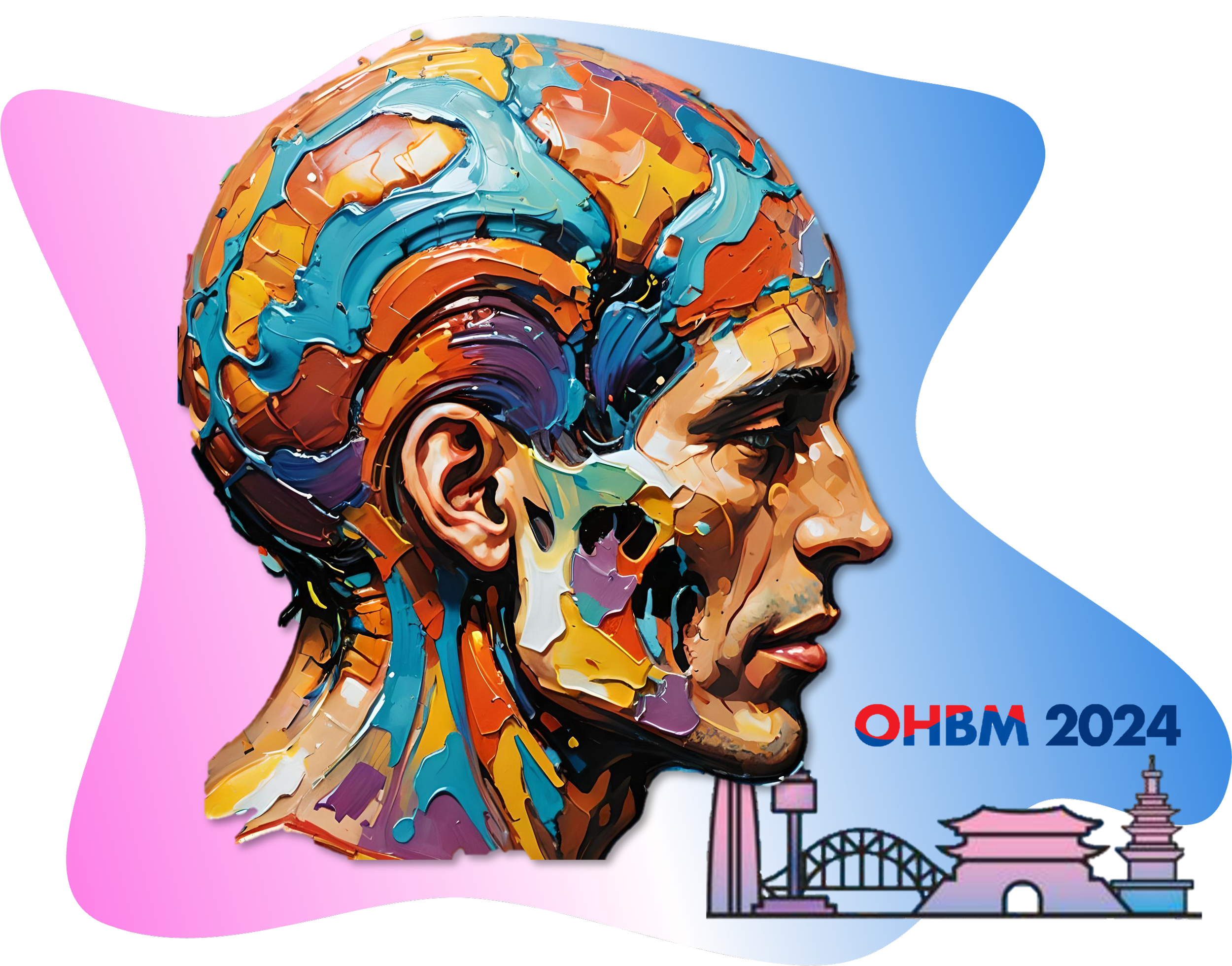
Keynote Series: Dr. Luis Concha and his road to uncover the mysteries of temporal lobe epilepsy
Epilepsy, a condition affecting millions globally, presents a captivating and intricate puzzle for researchers and medical professionals alike. How does this neurological disorder, characterized by recurrent seizures, impact cognitive abilities and daily life?
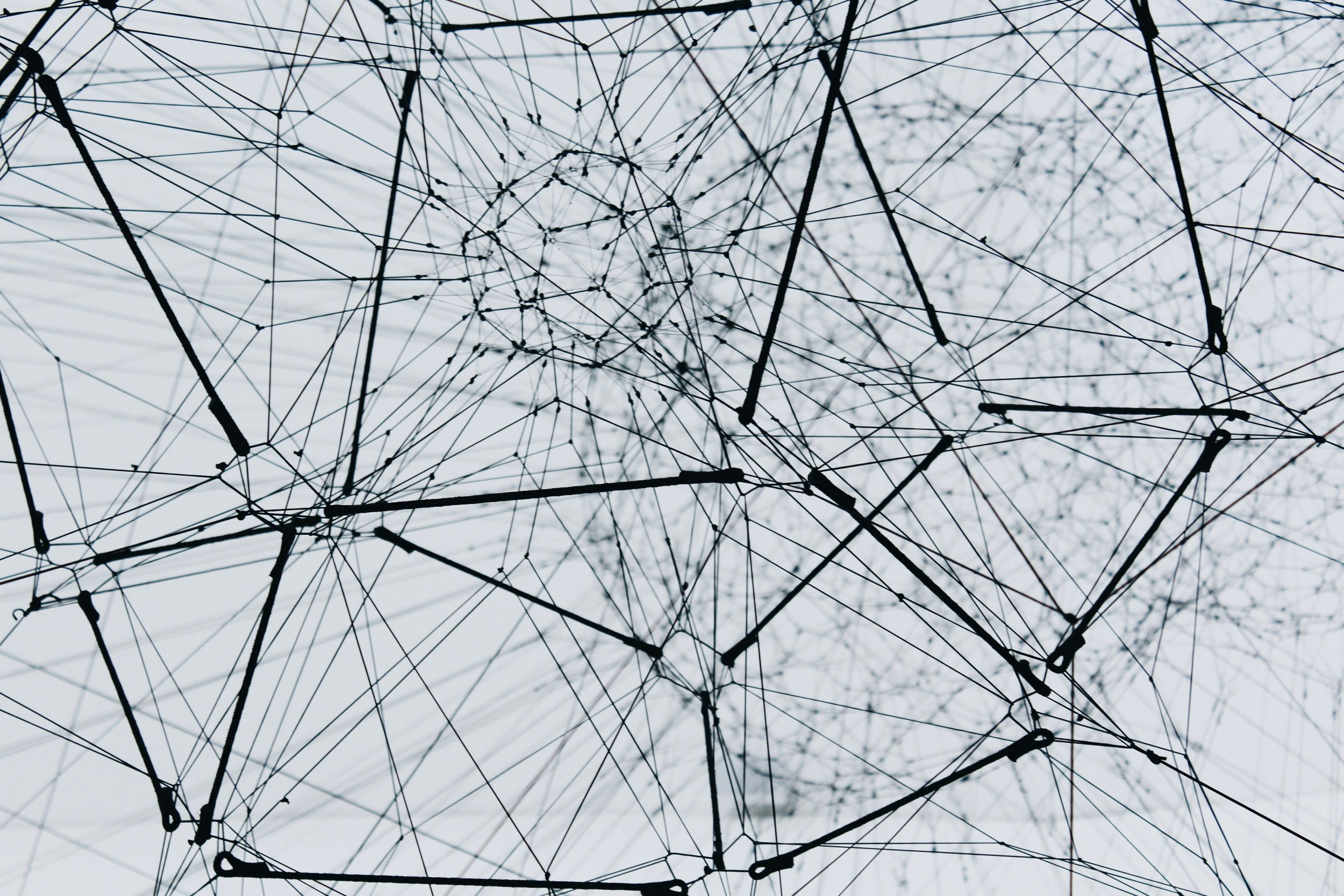
Network Neuroscience: A hands-on guide
The brain is a densely connected system made up of many different regions that coordinate to produce our thoughts and behavior. Neuroscientists face a challenging goal when trying to make sense of the many structures, and functions of the brain. Modern analytical techniques emphasizing connections between brain areas are changing how neuroscientists study the brain.

Taking a closer look at how the cerebellum is linked to autism
According to the NHS, autism spectrum disorder is a neurological and developmental disorder that affects how people interact with others, communicate, behave, and learn. The cerebellum, a dense structure of neurons at the back of the brain, is typically associated with behaviors involving movement such as balance, gait, and fine motor movements. But it also plays a role in attention, emotional regulation, and social cognition. Because of this, it’s thought to play a key role in autism.

Zooming in on Alzheimer’s: Ex vivo mapping of the dentate gyrus using 16.4T MRI
Advanced techniques in neuroimaging technology are pushing the boundaries of how neuroscientists study Alzheimer’s disease. While there’s no lack of research related to Alzheimer’s disease, we’re still a long way from understanding exactly what exactly the disease does to the brain. Modern MRI methods have allowed doctors and researchers to study smaller and smaller parts of the brain.
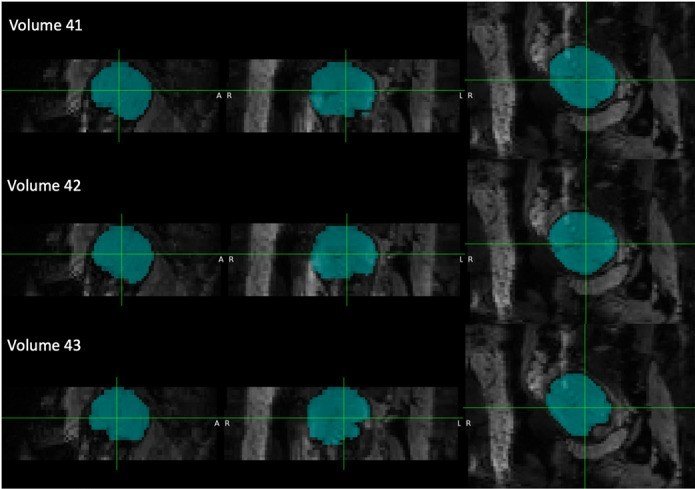
What can 12 minutes of fMRI tell you about your fetus’s brain?
That fetuses move inside the womb is nothing new, but how these early movement patterns could predict neonatal health is only beginning to be understood.
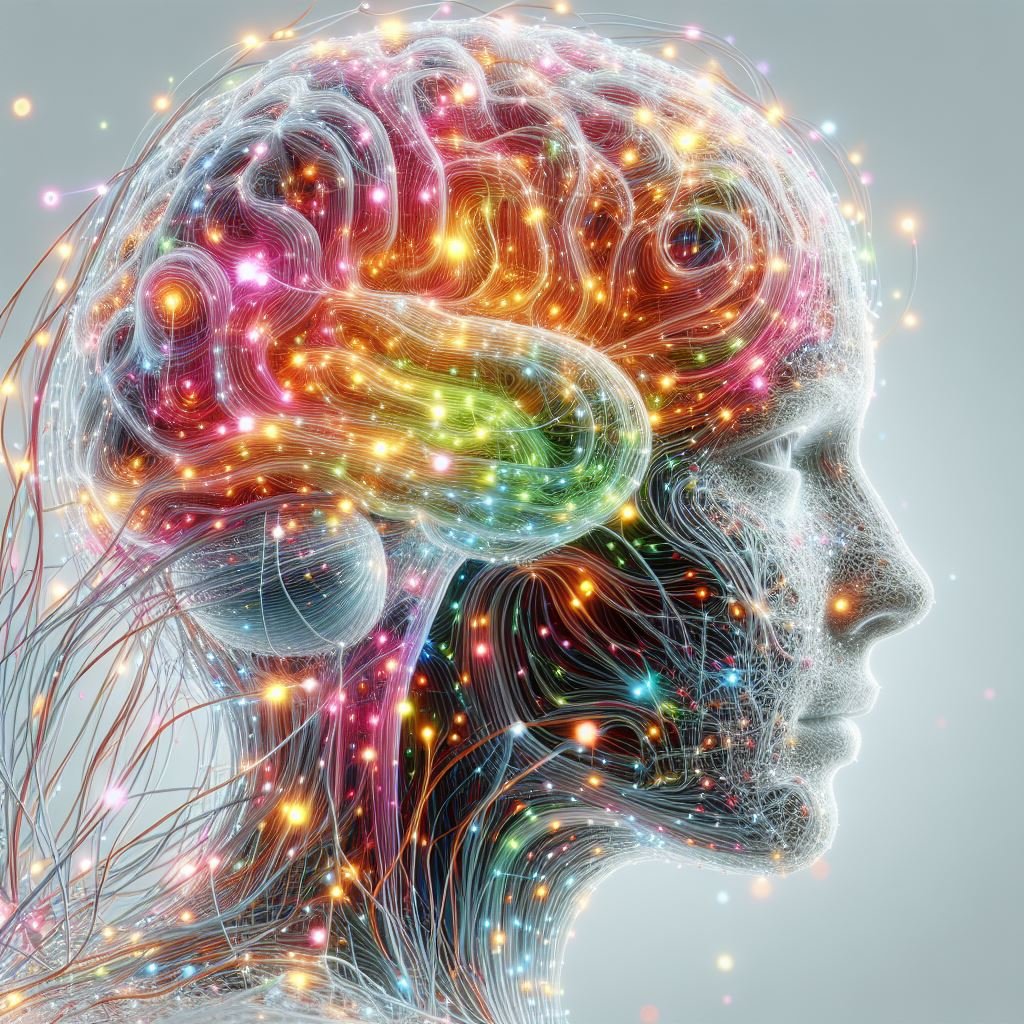
Making Connections: Molecular and connectomic contributions to disease and disorder in the human brain
It's easy to picture the brain as a tangle of wires, criss-crossing and carrying information in all directions. But there's order in the chaos of our brains, with each of these connections serving a purpose by facilitating communication between the many cooperating brain areas necessary for complex behaviors. And in such a densely connected network, few things happen in isolation.

What language does your dog speak?: How dog brains process language
If you have a pet, chances are you talk to them, though you may not expect them to actually understand you. But have you ever stopped to think about just how much your furry friends might be listening?